An artist – and parent’s – guide to Rotterdam
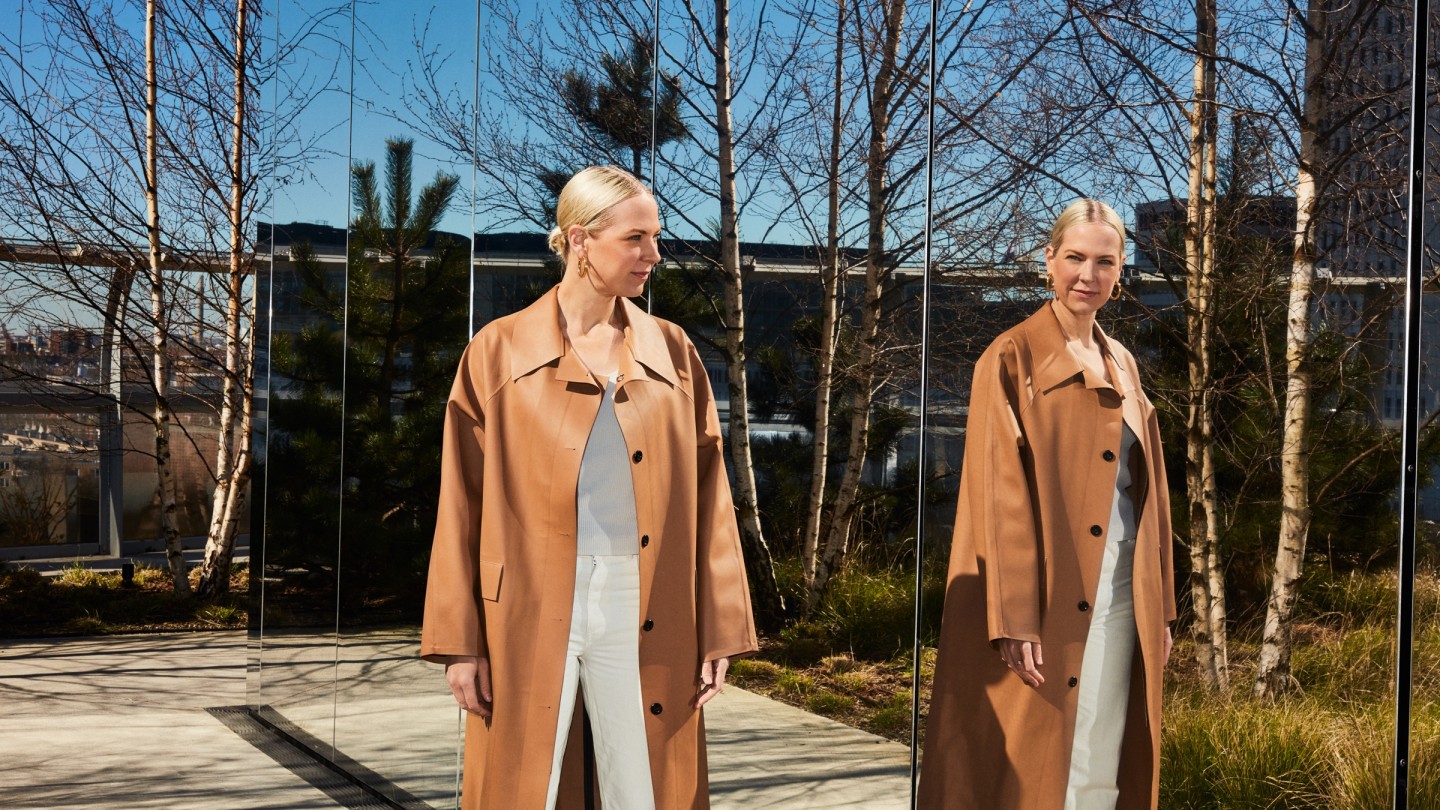
Roula Khalaf, Editor of the FT, selects her favourite stories in this weekly newsletter.
I moved to Rotterdam when I was 26, fresh from completing a degree in industrial design at Design Academy Eindhoven. I immediately signed up for the antikraak programme. Kraken means squatting, and antikraak is a policy where the city rents empty real estate cheaply so that people won’t squat in it. It’s insane, thinking about it now, but I was offered a 200sq m house for €150 a month. It was a total dump – we had no hot water, so I had a gym membership just to shower – but it was an adventure. Back then, the city hadn’t been gentrified. I spent two weeks renovating the house, then started my studio out of it. It meant I didn’t have to compromise on what type of design I was making, allowing me to experiment with cast resins and glass.
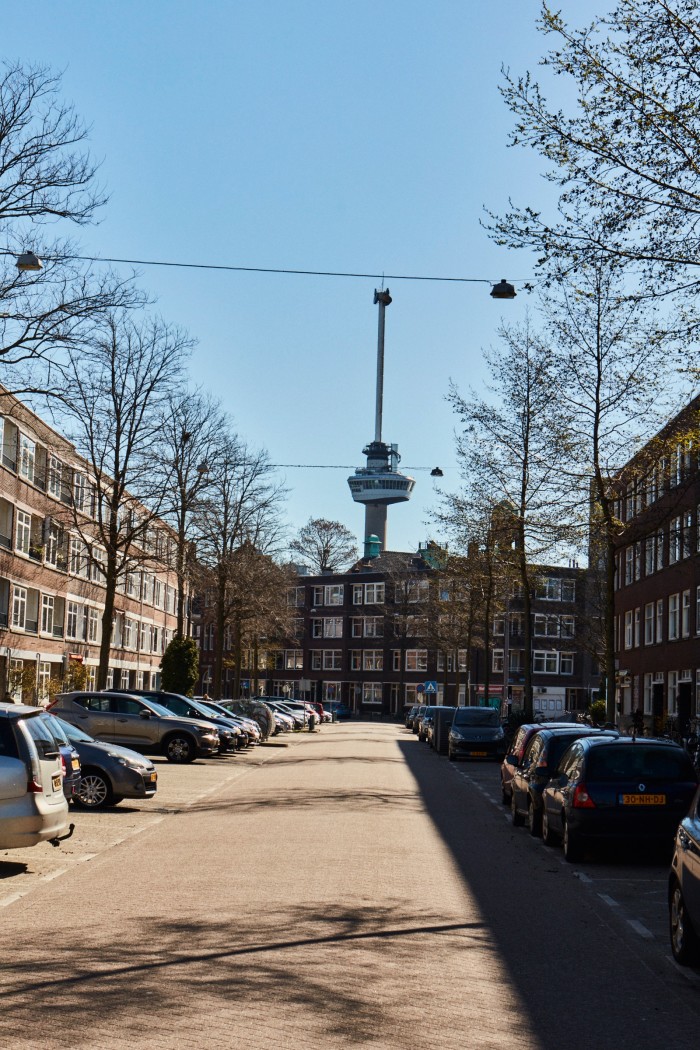
That entrepreneurial spirit still energises Rotterdam. The city is oriented around the harbour, so there are lots of old industrial buildings that can be transformed. For years there was a shortage of nice places to eat and drink; now loads of things are popping up. There’s a big music scene, lots of architects, and I feel like there’s a design buzz, too.
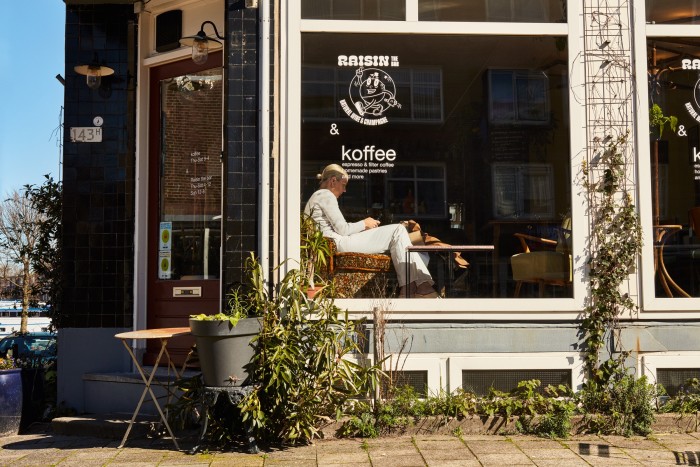
Today I live in the Coolhaven district, which is where the coal used to be brought into the harbour. It was a bit of a dead street in 2016 when my boyfriend and I bought our place, a former paper warehouse that we renovated, but now there are fun things appearing. Next door to our house is a natural-wine bar called Raisin the Bar, which looks like someone’s cute living room. Then there is Unfolded, which is a café and store by photographer Sophia van den Hoek. She sells a lot of local delicacies, such as the best soy sauce I’ve ever tasted, made in Rotterdam.
The city was bombed so extensively during the second world war that now it’s a patchwork of crazy architecture. I’m really fond of the Maastunnel, which goes underneath the Nieuwe Maas – the two buildings at either end are really beautiful. You can only see them by water taxi, which, apart from cycling, is the cheapest, fastest way to get around. But the way you move through the tunnel is interesting – it’s a double tunnel, so you have the cars then another tunnel for bikes. Take your bike down the escalator, cycle underneath the river, and take the escalator up again.
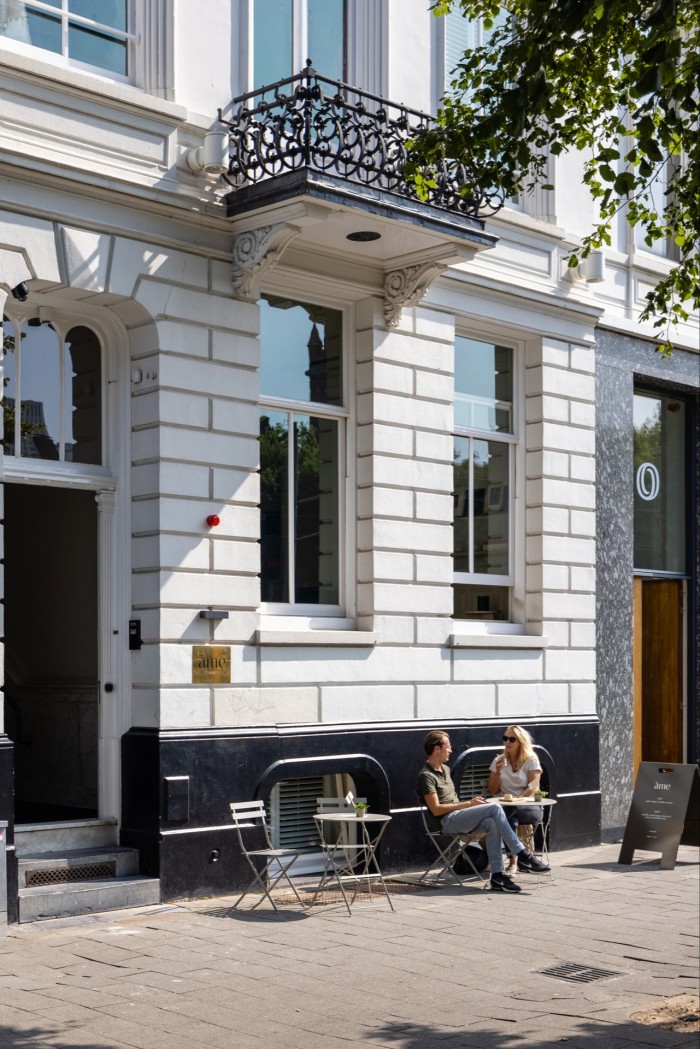
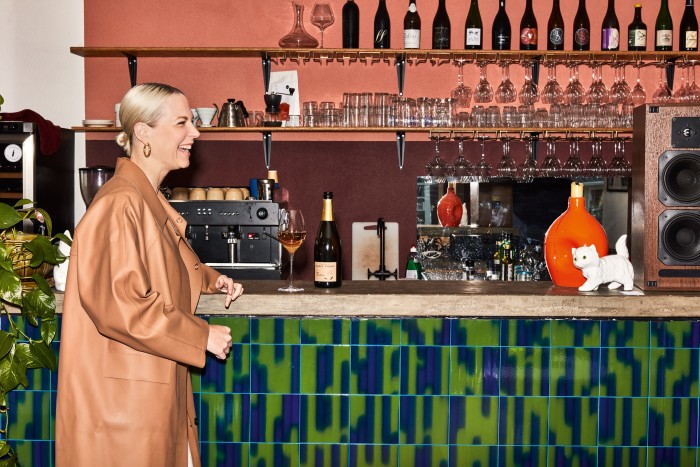
We’ve stayed in lots of hotels in the city, because my boyfriend and I used to have bets on things, and whoever lost had to pay for a night. There’s the SS Rotterdam, a cruise ship that once linked Rotterdam with New York, now a stationary hotel full of nostalgia. Another favourite is Hotel Âme, which is minimal and Japanese-inspired.
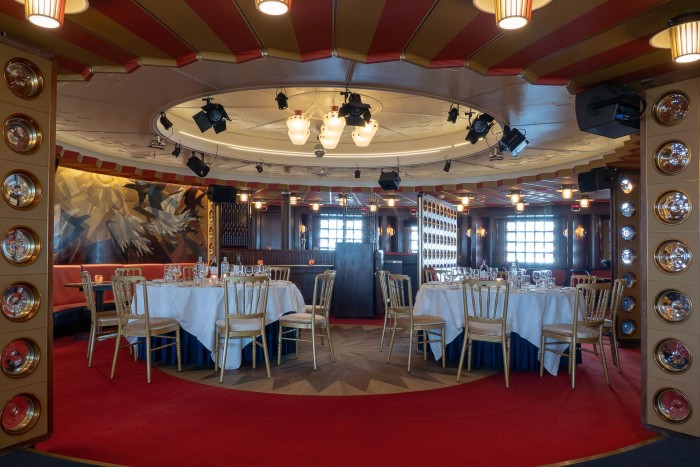
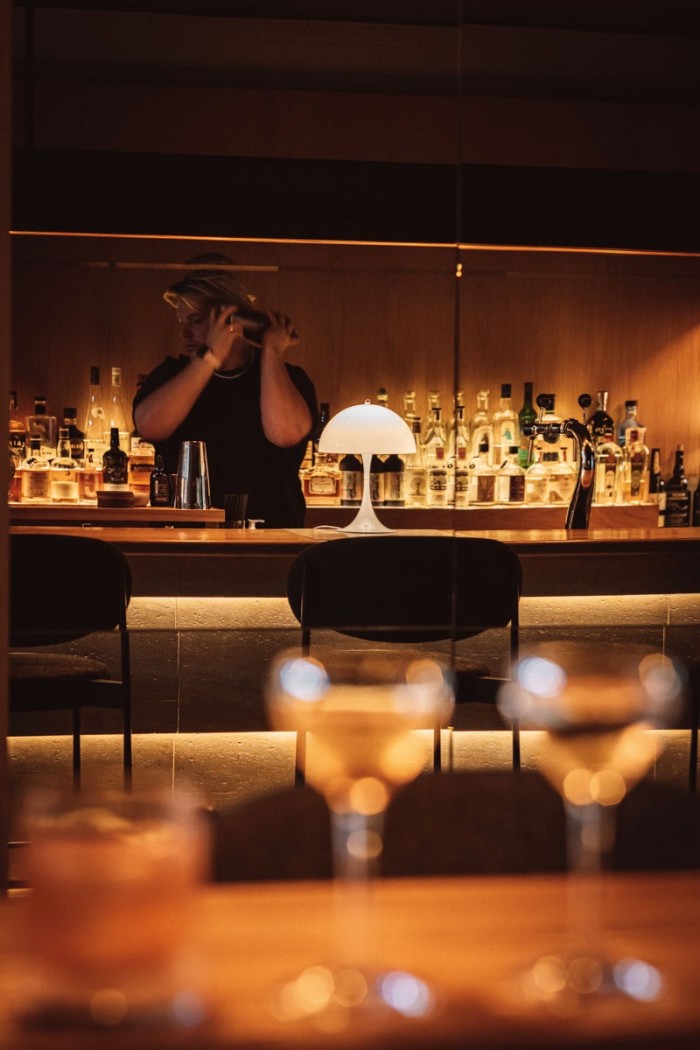
You shouldn’t miss the beer bar Bierhandel De Pijp. It’s a Rotterdam institution that’s been around since 1898, and was part of the Dutch resistance. You feel like you’re in a student fraternity house, except the food is really good. We go there for date night, then go to see a movie at Kino, which is a cosy cinema one street over that shows independent movies. I also love to eat at Ox, an amazing Malaysian-Chinese restaurant that’s really difficult to find, in a basement hidden behind a black unmarked door. For a treat, go to Héroine, a restaurant with an epic tasting menu that really should have a Michelin star.
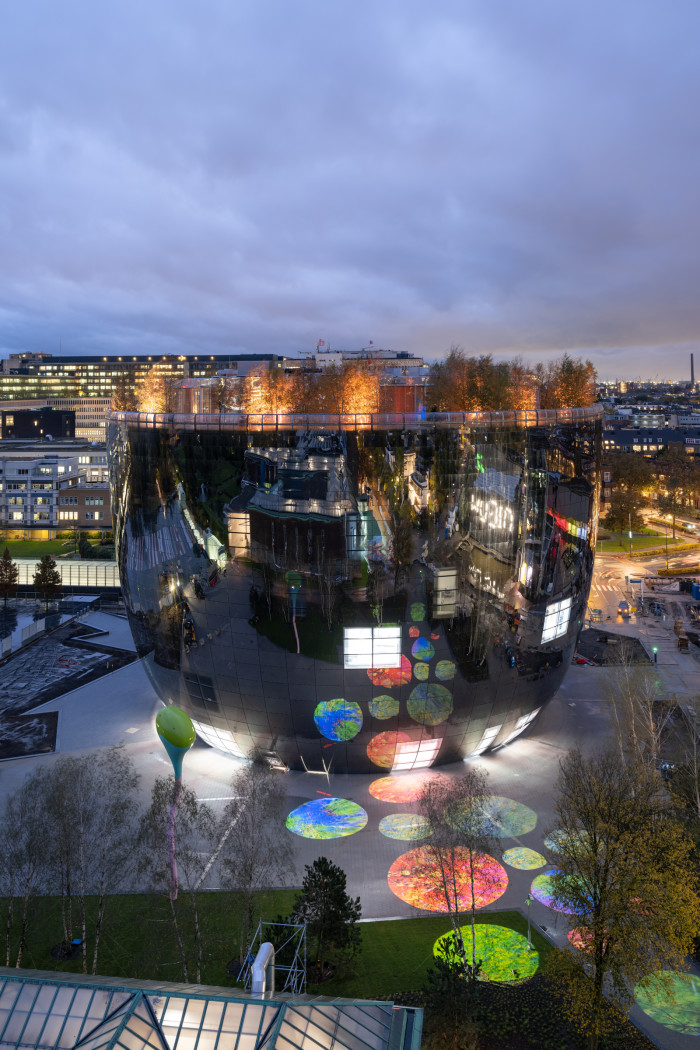
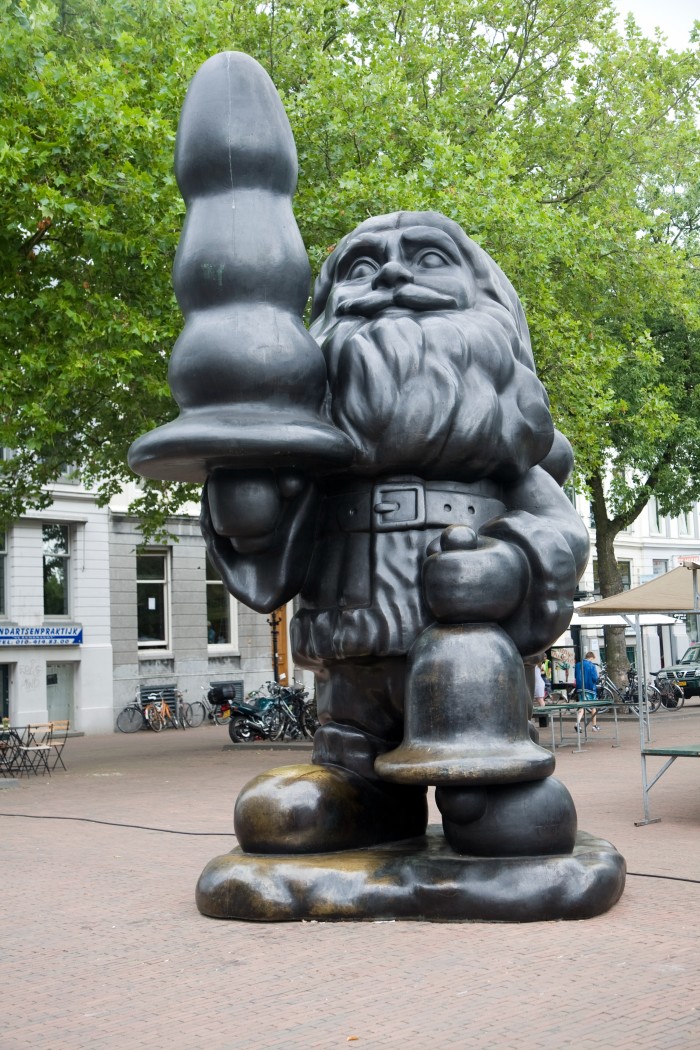
Having my son has changed how I see the city – now I notice playgrounds a lot more. But I also appreciate the volume of public art, because artworks become a sort of playground. My favourite is a beautiful Franz West sculpture of long, colourful metal structures lying in the grass. And there is a great Paul McCarthy sculpture of a garden gnome holding a butt plug.
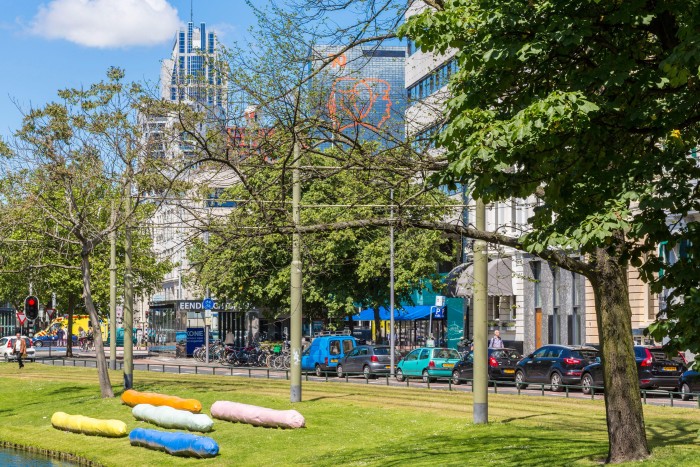
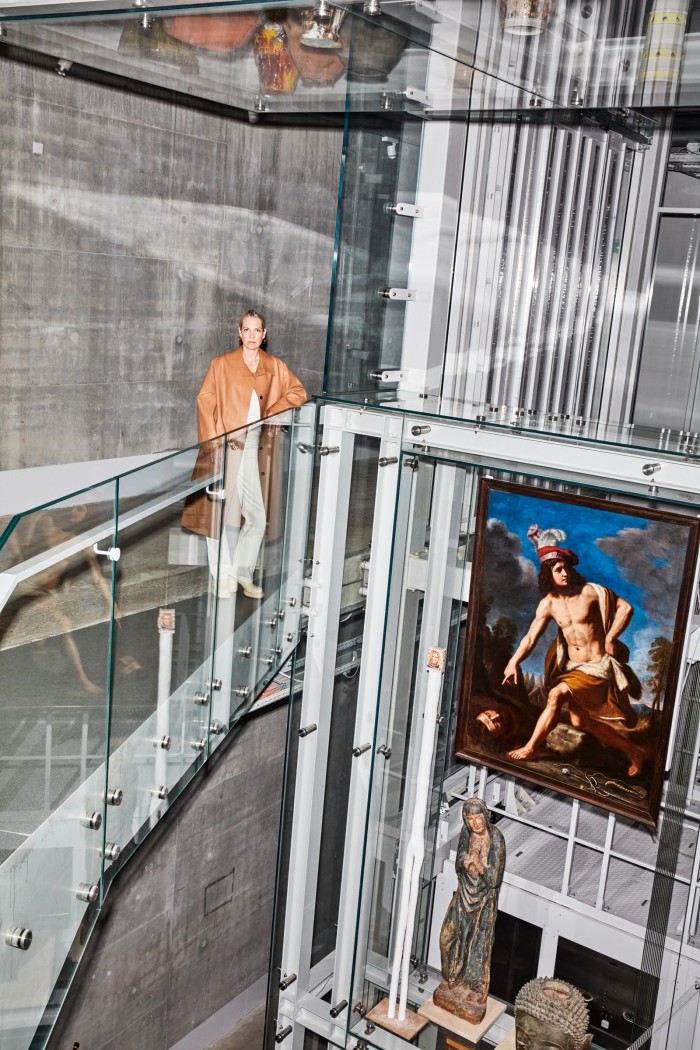
One of my pieces is in the Depot Boijmans Van Beuningen, housed in a big mirror-ball of a building, which is cool to explore as it’s essentially a giant glass storage unit so you can see the backs of paintings. I often consult a website called Follywood, a map of artworks, gardens, buildings and viewing platforms all around the Netherlands. There’s a James Turrell installation at the beach, about a 30-minute drive out of Rotterdam, for instance, that no one really knows about. That’s one of my favourite things about the city, that we’re close to the beach. I like to go to Rockanje and take a walk through the dunes. Catch it at sunset and it’s magical.
Comments